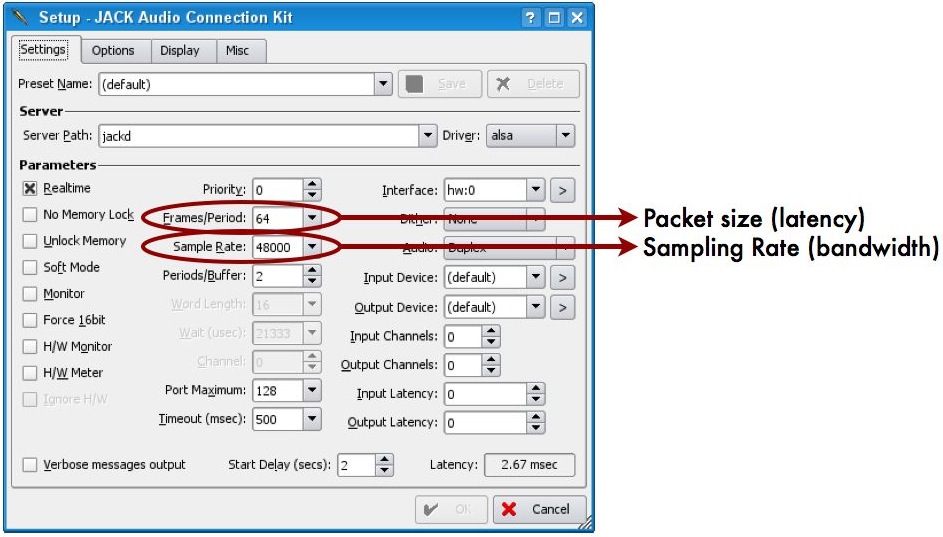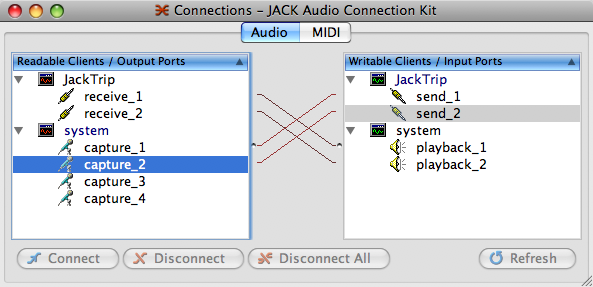 |
| Learning how to make decisions together is a process which implies being aware of everybody´s needs |
The best decision implies time efficiency, high quality of audio and video distribution, excellent technological-artistic tools and artists and technicians' welfare. How the audience will receive the new artistic product will be ruled by having made good decisions.
 |
| Determining which is the best way to measure video delay |
 |
| Using a new set of cameras, which is also more complicated to operate than the regular ones, could be beneficial for our next performance? |
 Sometimes, technological software and devices could be seen as "big monsters" when we are learning how to use them. However, dominating them means to be successful or not carrying on an internet distributed performance. Most of the time, this "big monster" is only a image that we have created inside our heads. Being patient, paying attention, asking questions and receiving help and feedback from teacher and peers is possible to start understanding technology and not being afraid of using it. When the fear is overcome, it is when we will be free to work creativity without boundaries. As artists we aspire our pieces without any kind of limitation.
Sometimes, technological software and devices could be seen as "big monsters" when we are learning how to use them. However, dominating them means to be successful or not carrying on an internet distributed performance. Most of the time, this "big monster" is only a image that we have created inside our heads. Being patient, paying attention, asking questions and receiving help and feedback from teacher and peers is possible to start understanding technology and not being afraid of using it. When the fear is overcome, it is when we will be free to work creativity without boundaries. As artists we aspire our pieces without any kind of limitation.
 |
Making group decisions is the key of being successful
in a collaborative project
|






























